|
Everyday we throw out things capable of being re-purposed, it's like a second nature, to discard, shed skin, animal like, out of sight, out of mind. But trash is embedded in the earth, quite literally, and a part of our story, individual as much as universal. Through her art parctice Sina Basila tries to create a world "where wearing trash is normal and a part of high fashion." "I am interested in finding the beauty in our waste while putting a focus on our excessive material refuse," Sina says. "By looking at my own rubbish as potential material for my wearable designs, I have become much more aware of how much I throw out; before throwing things away I try to see if they can become something other than trash." And beyond mere materials Sina also has an eye out for who is discarded in our world as well, who enters our thoughts and considerations and who doesn't. "I am very much inspired by the common person," Basila notes, "I also think that it is important to note (and be aware of) the impact of people who clean up our streets. Collecting recycling materials and garbage is undervalued work, and I have great respect for workers who keep our streets clean. Although these workers don’t necessarily influence my art, they influence my surroundings, my inspirations, and my artistic philosophies." Adding that she could even see herself including some of these workers in a future project. "I would like to include more people into my refashioned garbage work," Basila remarks, "I think it is important in a series that is commenting on the fashion industry to include representations of beauty that are often ignored by the industry." The separations between art and everyday life at a certain point underwent a radical transformation, suddenly the people themselves and the everyday were the subject of art, not royalty or aristocracy, and what could be included in art's domain grew and grew. But for all of its growth a certain vigilance of attention is still required. Art needs both hands at the wheel, a presence of mind, a heaviness of heart, and attention not only to details, but to the periphery as well, to "an absence of voices." Perhaps what is most beautiful isn't what is most obvious. Art, as Sina says, "enriches by creating doors and windows in the imaginary walls that we use to separate ourselves from others. Without it, we are soulless computers—algorithmic animals. Art makes us more human and more alive." AHC: What has your own personal evolution towards a life in art been like, are there a series of moments you can recall where this path, this calling, began to become the one clearly marked for you? Sina: I have always been interested in transforming materials, whether it is with scissors, glue, or other forms of manipulation. Although I have always been a creative person, when I developed a commitment to social justice and environmental issues in high school I became interested in developing a career in documentary and activism work. During college, I created documentaries on race and representation, and while living in Berlin I worked on environmental and educational issues. My exploration of converting trash into wearable art that engages with justice and politics started in 2007, and, since moving to Brooklyn two years ago, I have been developing my garbage designs into a more comprehensive project. As for your specific question about moments in my development as an artist, I will mention a few. I remember in high school learning about the photo development process while starting to understand that adding visuals to a political argument can be very persuasive. Then during college, I interned at the Sanctuary for Independent Media in Troy, NY where I worked with inspiring people whose lives centered on “political art.” Towards the end of college I developed the New York branch of the PaperGirl Project where artists from around the world submit rollable art to be exhibited and then distributed for free and at random to people on the streets. I moved to Berlin for the second time and joined the founding project, PaperGirl Berlin, where I continued to be involved with political and street artists. Now in Brooklyn, I continually meet people who inspire me while also informing my development. These have been important steps on my ladder into a life in art. AHC; Could you explore and expand on some of the motivating ideas at work in both the images that you make and the process behind the making of them? How does the idea for you begin and what does its evolution look like during the stages of its development? Sina: Trash is an eyesore, but in some ways the decay that we produce is also aesthetic. I am interested in finding the beauty in our waste while putting a focus on our excessive material refuse. By looking at my own rubbish as potential material for my wearable designs, I have become much more aware of how much I throw out; before throwing things away I try to see if they can become something other than trash. This has also made me hyper-aware of how much others throw out. Whenever I pass trash cans on the street I think about what its contents are and how these materials could be transformed into interesting and meaningful designs. Working with netting and plastic are easy, but I’m currently struggling with coming up with ideas for to-go coffee tops. I keep these materials in the back of my mind, and I sketch and pin visuals that might trigger creativity. In my small bedroom, I have a collection of detritus that I experiment with and transform. I am fascinated by textile manipulation and the metamorphosis of supposed worthless materials into designs that embody higher values (upcycling). With an idea for a photo, I put on wearable designs to create images that work on multiple levels combining upcycling and critical commentary on waste along with references both to iconic fashion designs and the history of art. Most of the images are self-portraits made with a self-timer. Self-portraits give me the freedom to be strange and spontaneous, and I don’t have to coordinate with anyone or communicate my vision. However, in pursuit of work that engages with a wider spectrum of cultural and economic issues, I am beginning to include other people in my portrait series. I hope that this will add more layers of engagement to my ongoing series. AHC: Who are some of your artistic influences? Is there anyone outside of the art world who has had a huge impact on you and your work or who just generally inspire you on some level, writers, filmmakers, comedians, musicians etc? Sina: I love peculiar people, ideas, and designs. People who embrace eccentric expression are very attractive to me. My own trash designs are often impractical and eccentric, and I like to think of my art as creating a world where wearing trash is normal and a part of high fashion. An early influence on my work is Cindy Sherman. Her transformation into different characters is not dissimilar to my own transformations. Sherman uses makeup and costume to mimic iconic images and creates commentary on contemporary society as a result. For more inventive stage design I am inspired by Tim Walker whose photographs are often outlandish, full of humor, and inventive. His phantasmagoric portraits are visually arresting, and in that “arrest” you begin to see how his images comment on contemporary issues. Avant-garde fashion is particularly inspiring for me. I love it that the design concepts are valued over wearability, and the clothing is so thought provoking. Although I do not support the economics of the fashion industry, I am inspired by fashion designers like Rei Kawakubo and Viktor & Rolf who create designs that depart from tradition. I also look to Grace Jones and Björk for their embrace of unconventional fashions. Particularly important to me is that I am very much inspired by the common person. I get inspired just walking down the street and seeing how everyone styles themselves. I also think that it is important to note (and be aware of) the impact of people who clean up our streets. Collecting recycling materials and garbage is undervalued work, and I have great respect for workers who keep our streets clean. Although these workers don’t necessarily influence my art, they influence my surroundings, my inspirations, and my artistic philosophies. Although I have no current plans, I can imagine including such workers in a future project. AHC: What do you consider, personally, to be the most sacred and enduring aspects of art? How does it enrich our world and our cultural memory? How has it enriched or altered your own life? In your opinion, what does art, at its finest moments, bring into the world that would otherwise leave us more impoverished without it? Sina: Art is about aesthetics (and since the Romantic period it is about challenging the idea of what is aesthetic—along with challenging many other things). Through the use of light, color, texture, and the various qualities that make something beautiful, art catches our attention. This power can be harnessed to bring attention to political voices, current events, and historical accounts, but it can also represent an absence of voices. Art has the power to relate us to one another using familiar imagery, and that is why I find it so powerful and necessary. For me, the most sacred art is convivial—not just people-to-people relationships but also people-to-Nature. Art enriches by creating doors and windows in the imaginary walls that we use to separate ourselves from others. Art is often at the forefront of social change. The most important artists have the courage to show life in different ways. When we see the world differently we start to ask questions that can lead us to social and spiritual development. Art is also about self-expression which is really self-exploration that leads us along the winding paths of our lives to new vistas and understandings. Art helps us make sense of the world in ways that statistics, reports, and science cannot. Art works at a level that can seem to be more obscure than “science” but that is also more fundamental, more emotional. Perhaps we see this in the extent to which art (images, literature, music, dreams) has inspired many of the most important scientific discoveries. Without art, we are soulless computers—algorithmic animals. Art makes us more human and more alive. Art helps us see the world differently. Art is a form of critique and reflection. I love that art is complex. The beauty of art can draw you in while telling you a story of sorrow and inequality. It can be captivating because it allows you to see something you didn't think possible. Art can tell us of the past while showing us our future. AHC: What is the first work of art you encountered that took your breath away, that lit a fire in you? Sina: I can't say there was a specific piece of work that ignited my love for art, but I know that my parents’ love for art and nature have been huge influences in my work. Much of our childhood was spent outdoors, and much of the outdoors was collected to bring home. One summer my mom found a large dried fish skeleton on the beach. She took it home, mounted it as a raised sculpture, and spray painted it silver. I do remember being fascinated by the moving Tinguely sculptures in Basel, Switzerland, where I have roots. By the old Basel City Theater there is a Tinguely fountain that has personified mechanical figures that are in constant motion. There is much brilliance in his concepts, but I especially like the playfulness that reminds me of the squirt guns and water balloons and wading pools of children’s birthday parties. Tinguely brings the rather staid (and very well-to-do) Swiss together in a sort of water party can bring out people’s early senses of wonder and amazement. I adore art that moves, that uses unconventional materials, and that is interactive. AHC: Do you have any words of advice or encouragement for young artists and other creatives who are experiencing self-doubt in their art, frustration or blocks? What are the types of things that have helped you to move past moments where you may have become stuck creatively? Sina: My advice is to see all your experiences as valuable. It took me a while to see that my alternate route was valuable. I now see how all my photography and ideas relate to each other, but it takes time to set your style and carve your own path. I would also advise others to find a community. Every city functions a bit differently (pricing, work ethic, events), but wherever you are I think you will find it helpful to have friends to ask questions to. It is much easier to get work done when you are part of a community that sees value in your work and encourages you to continue producing. Use this network for practical advice, for artistic inspiration, for encouragement, and to keep you engaged. All experiences are valuable. AHC: Do you have any upcoming exhibits or new projects you'd like to tell people about? Sina: I plan to continue to work in self-portraiture, but I would like to include more people into my refashioned garbage work. I think it is important in a series that is commenting on the fashion industry to include representations of beauty that are often ignored by the industry. Also, I just returned from a second trip to Senegal where I have been interviewing artists as part of a project on the aesthetics and politics of Senegalese art understood in relation to what is (and isn’t) happening in New York. Senegalese artists—including photographers—are doing some exciting things. There are more things I’m working on, of course, but branching out into new territories with my refashioned garbage project and my work in Senegal are currently on my front burners. All images © Sina Basila For more visit www.sinabasila.co/
Cheikh M Ndiaye
2/3/2018 06:35:43 am
Love your work Sina, beautiful, educational, and very mindful ! Comments are closed.
|
AuthorWrite something about yourself. No need to be fancy, just an overview. Archives
April 2024
Categories |
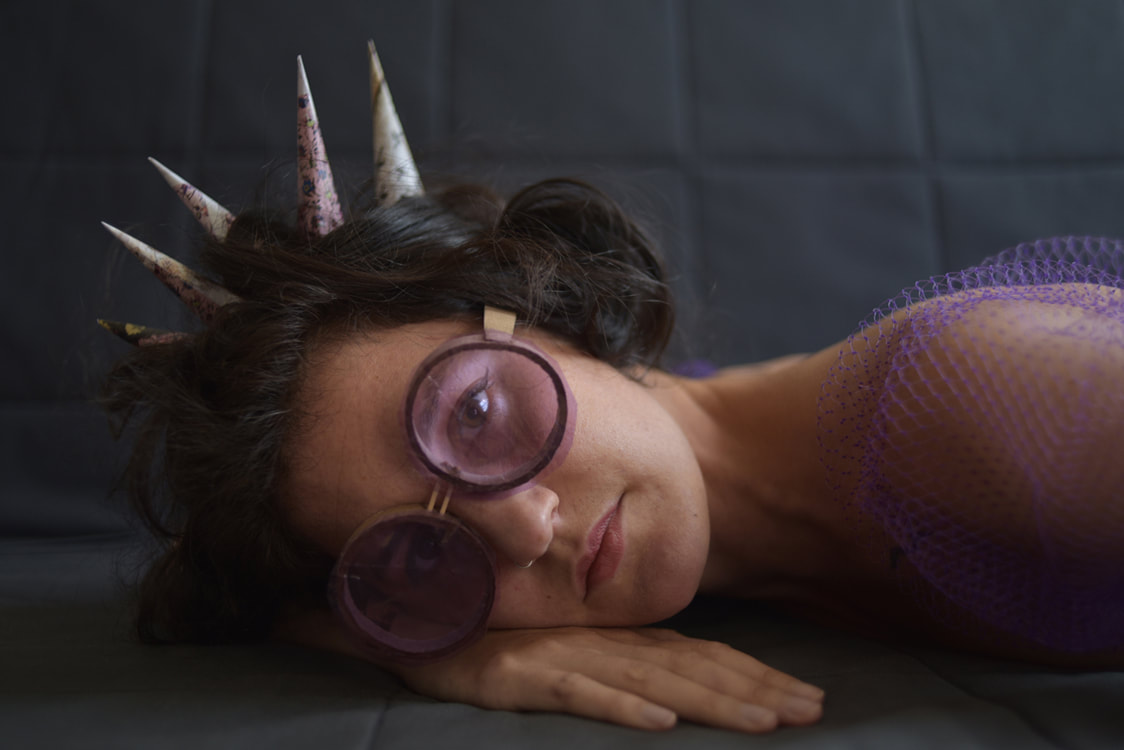
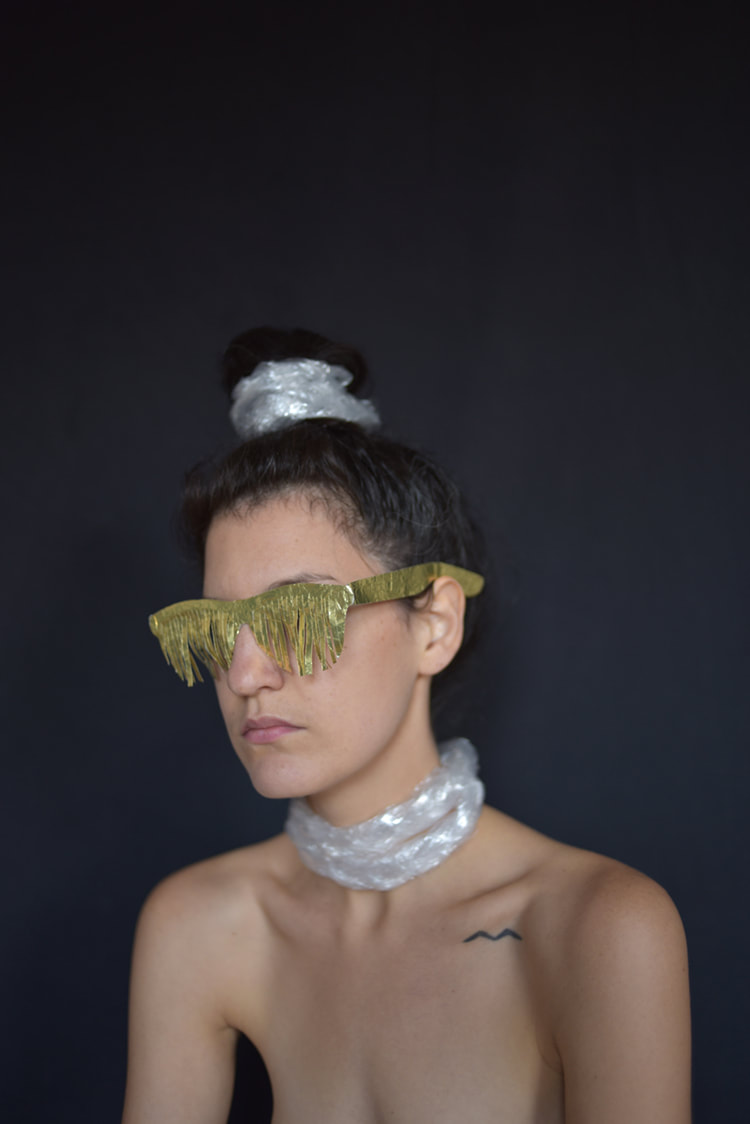
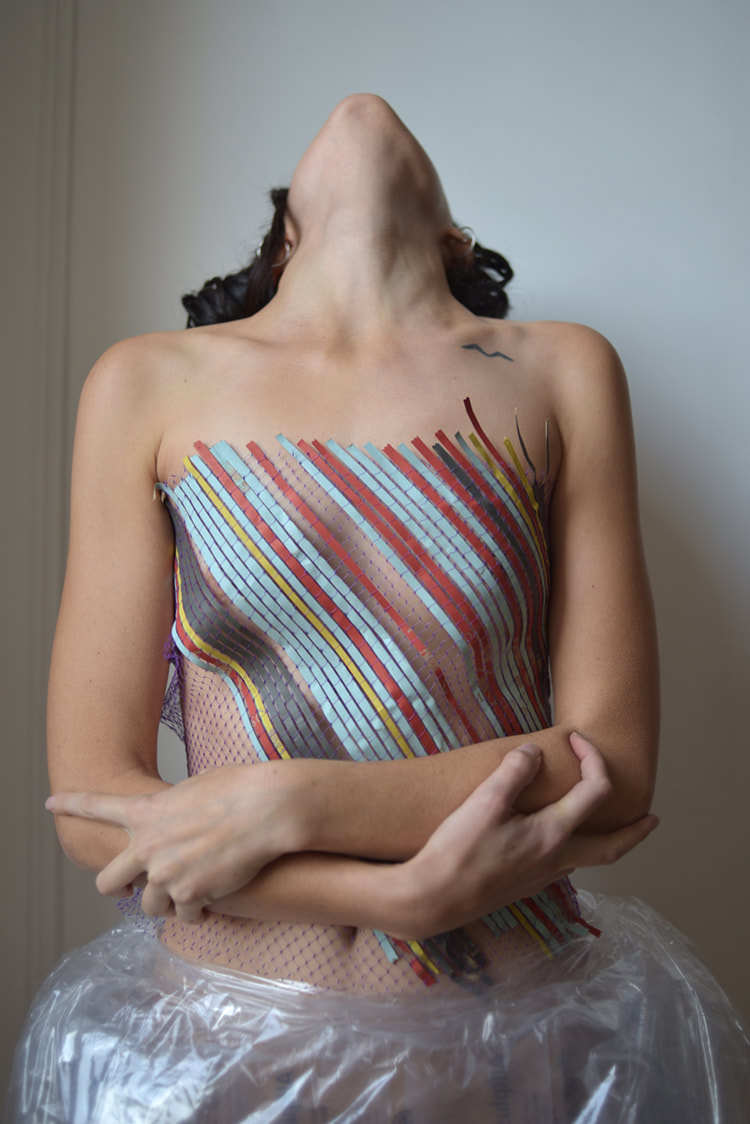
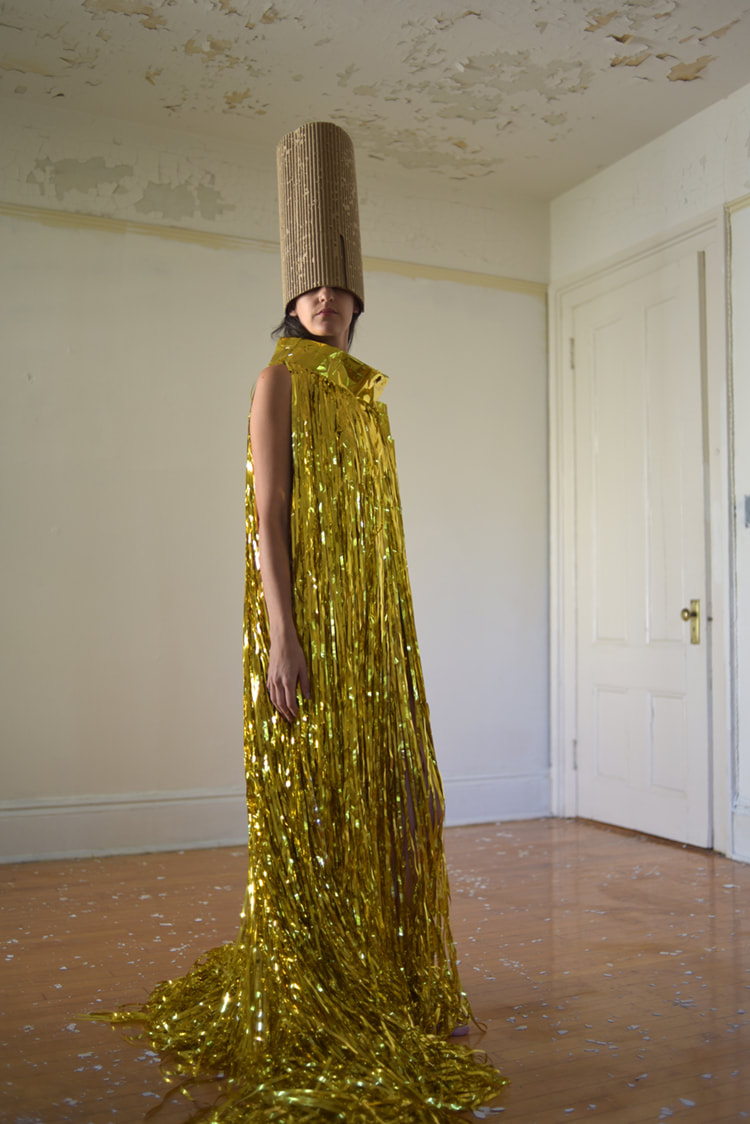
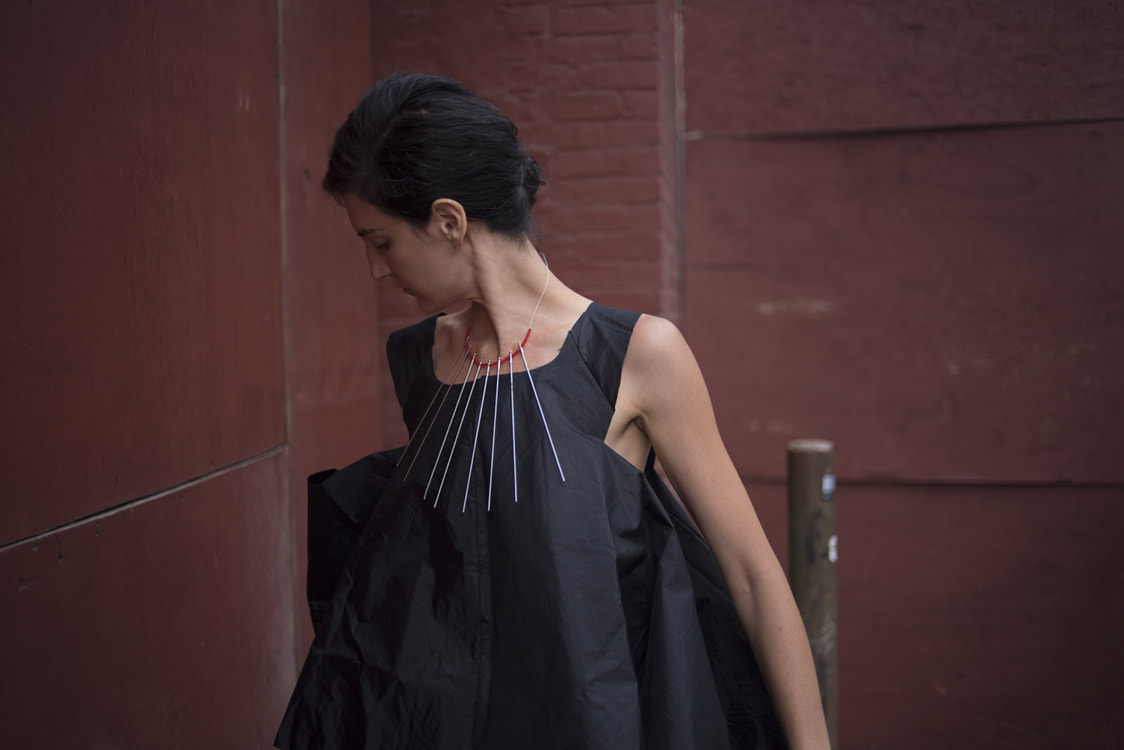
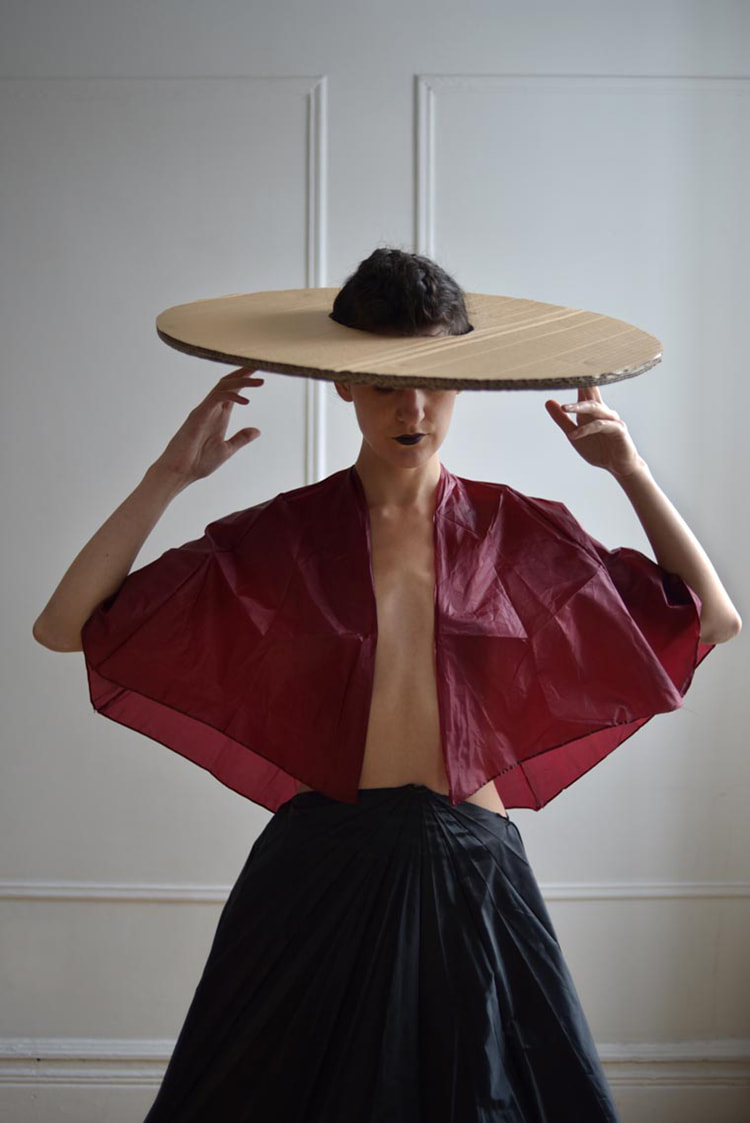
 RSS Feed
RSS Feed
